Ancient Rome Warfare in Times of Imperial Glory
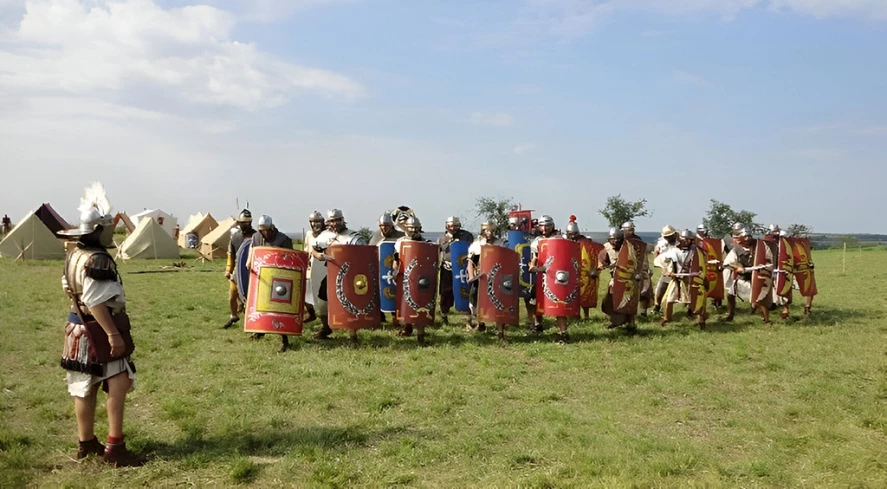
Our previous article gave us an insight into the arrangement of Roman army during the times of Roman Kingdom and the early Roman Republic. However, this was just the beginning of the transformation. In this article, we will explore some of the significant changes in the Roman army from the final years BC and in the first centuries AD.
Contents
Gaius Marius, whom we briefly introduced in the previous article, carried out significant reforms in the Roman army in years 107-105 BC. These reforms included, among other things, transforming the militia-like nature of the army, and allowing all eligible citizens to join the army in return for wages. A legionary who had served in the army for 16 to 20 years received land upon quitting as a reward.
During the Punic Wars, the Romans leveraged their allies, such as the Umbrians and the Piceni, tribes of the Apennine Peninsula, who were famous for their loyalty. Their equipment often consisted of a mixture of Etruscan, Celtic and Italian elements. They also often wore chainmail armour called lorica hamata.
Gladius with a scabbard, based on a find from Pompeii
Roman Army Under Julius Caesar and His Successors
Caesar's army included many mercenaries, including the famous Cretan archers ( Sagitarii Cretae). The Cretans traditionally were soldiers who specialized in archery and composite bows ( toxos) made of wood, ivory and bone.
The Cretan weapon arsenal consisted of the bow, carried together with arrows ( sagittae) in a curved quiver, arrows in both simple and double-convex designs, and a dagger. Body armour usually consisted of a quilted leather cuirass ( corium), a small bronze, slightly bulging shield ( pelté), and a bronze helmet ( cassis) made from a single plate. On their feet, the archers wore Greek-style sandals ( cothurni).
Pugio dagger
After a series of civil wars, Augustus inherited a huge number of legions, auxiliaries ( auxilia) and allies. He disbanded some of the legions, leaving only 28 legions, and a corresponding number of auxiliary troops. At that time, legionaries still used crested helmets, but this soon changed, and helmets with crests were only used for parades. Chainmail armour was widespread, and was still used by legionaries after 100 AD. Legionaries took it off very rarely.
In the early years AD, soldiers started using a military belt that looked like "apron" and consisted of several parallel straps hung down from the centre of the pugio belt. Pugio was a dagger commonly used by soldiers at that time. There was a modification of the rectangular shield ( scutum), made of wooden slats, covered with leather and reinforced with metalwork and an umbo (central shield boss). It was colourfully painted with ornaments and symbols of the respective unit.
The weapons of a Roman legionary included two spears ( pilum), of different sizes and a sword ( gladius). All weapons and armour of this period were richly decorated with silver and black inlay ( niello). Caligae were typical military footwear, and the wool tunic was the essential part of the garments, possibly since Marius who began to issue armaments and clothing to soldiers. As there was no “dress code” at the time (at least none that was preserved), military tunics came in a variety of colours, but mostly in red colour.
A legionary wearing a tunic
Centurions were lower military officers. The great standard was worn by the elaborately dressed standard bearer ( signifer), whose helmet, shoulders and back were covered by bear fur or fur of other beasts. A trumpeter ( cornicen) used to announce troop movements during battle and he needed to be as loud as possible to be heard in the middle of battles. His cloak was made of wolf fur.
Centurion and trumpeter (Photo: Edgar Pachta)
Changes of the Army in the Early Imperial Period
In the Early Imperial period, Roman soldiers often clashed with the Parthians. In order to better counter the clouds of arrows shot by Parthian mounted archers, Romans upgraded their armour and adopted an armour type made of metal strips ( lorica segmentata), typically worn over gambeson.
This type of armour, universally associated with the Roman army, was in fact only used from the 1st to the 3rd century AD. The scutum shield took on a distinctly square shape, and it was based on the gladiator's shield, which was smaller and lighter.
Padded arming cap (original on the left, reconstruction on the right). (Edgar Pachta's archive)
The pilum weighed around 2 kg and had a tip that bent upon impact.
In the 1st century AD, some legions included both heavily armed cohort ( gravis armatura) and “light” cohort called hastatus levis armatura. This was the case (according to Arrian), for example, with Legio XII Fulminata, which took part in the suppression of the revolt in Judea in 66 AD. The light-armed legionaries used leather armours and helmets inspired by Italic designs. Their weapons included the pilum and gladius.
Further Development of Roman Armour
In Trajan's wars, some legionaries of the vexillationes were equipped in a special way to be better protected against ruthlessly effective Dacian swords ( rhomphaiae) which generally caused terrible injuries. The special equipment worn by some vexillationes during the Dacian Wars (in addition to the typical rectangular scutum) consisted of an armoured sleeve and a Spangenhelm of Danubian origin, and metal shin guards and scale armour ( lorica squamata).
Dacian sabre tactana
During the Marcomannic wars, the leather muscle breastplate ( lorica) was adopted, and from this period onwards, it was used not only by senior officers but also by lower-tier soldiers. The armour was decorated with amber and precious stones, inspired by fashion trends in Germanic provinces. Cheek flaps were added to helmets for greater protection. The massive baldric ( baltheus, shoulder strap) for hanging the sword came into fashion, and so did the circular cingulum belt buckle, which became common in the 3rd century. Soldiers wore a quiver with light spears on the belt.
Wherever the legions served, they also had auxiliary units at their disposal. The Auxilia were made up of inhabitants of various provinces who were promised a Roman citizenship after a certain time of military service. The auxiliary infantrymen used a simple version of the legionary helmet and usually chainmail or scale cuirass. Their shield was flat. Auxiliary archers from the Near East used the cheaper scale armour and typical Eastern helmet. A thumb ring was used to protect the thumb when drawing the bowstring. The thumb rings have been found at the fortress of Carvoran (Magnis) in northern Britain, near Hadrian's Wall, suggesting that Syrian auxiliary infantry was garrisoned there. The auxiliary units gradually grew in importance until they overshadowed the legions themselves.
Helmet used by auxiliary units
In the early imperial era, a significant part of the Roman cavalry consisted of the auxiliary units. Cavalry became somewhat more popular than infantry soldiers. Caesar used the formidable Gallic, Hispanic and Germanic cavalry, and this habit probably spread from there. The elites of the individual provinces established prestigious cavalry units in order to serve Rome.
Helmets used by cavalry apparently were not standardized. They mostly took form of iron core, covered with a layer of copper alloy, which imitated hair. These helmets always had cheekpieces. A face mask was also attached to some helmets. The most famous finds of this type come from the area occupied by the Batavi, who seem to have liked to use real hair to cover the helmets.
Roman cavalrymen (Photo: Edgar Pachta)

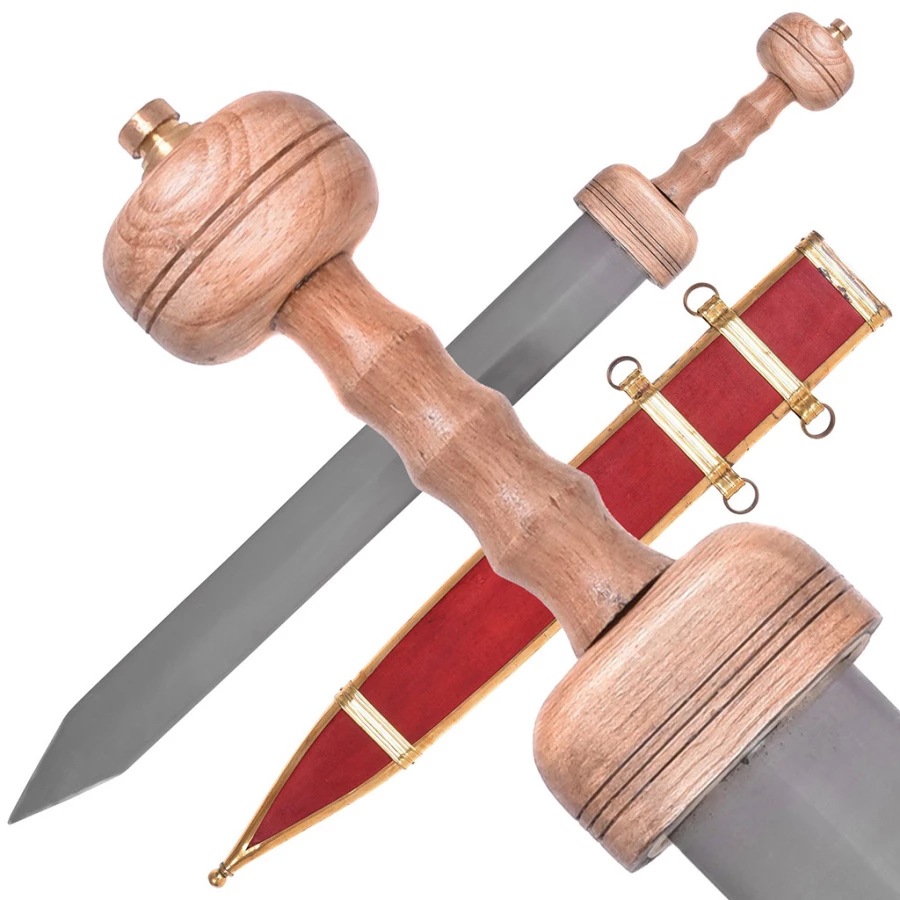
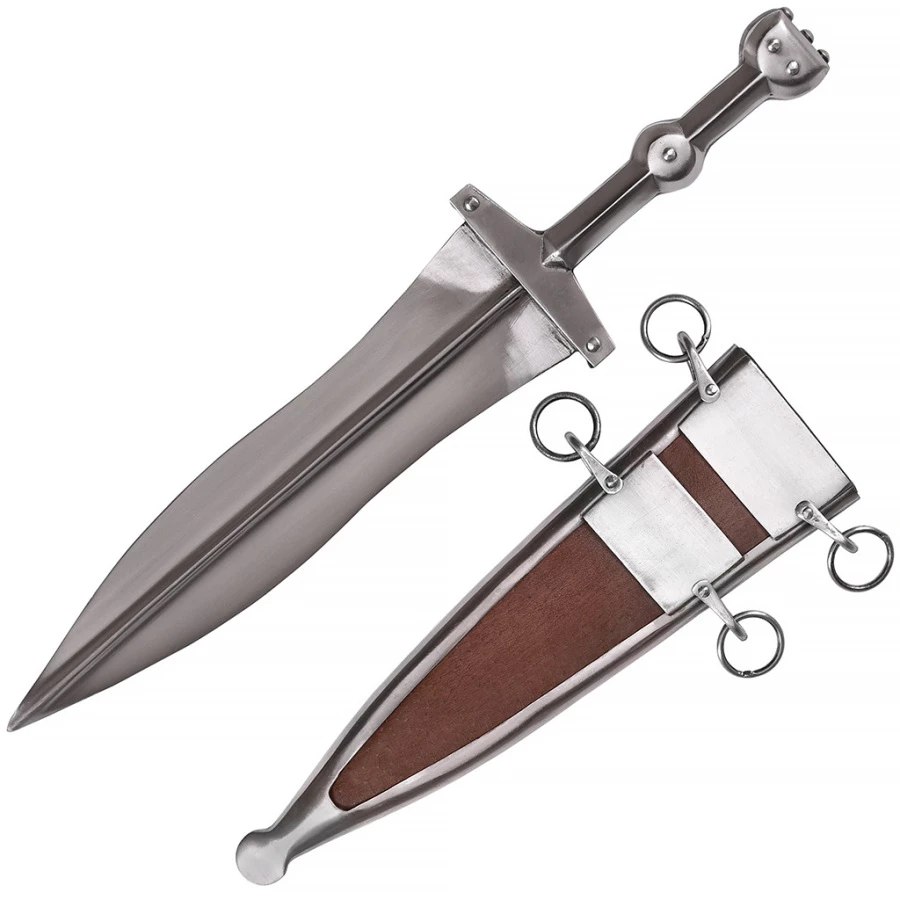
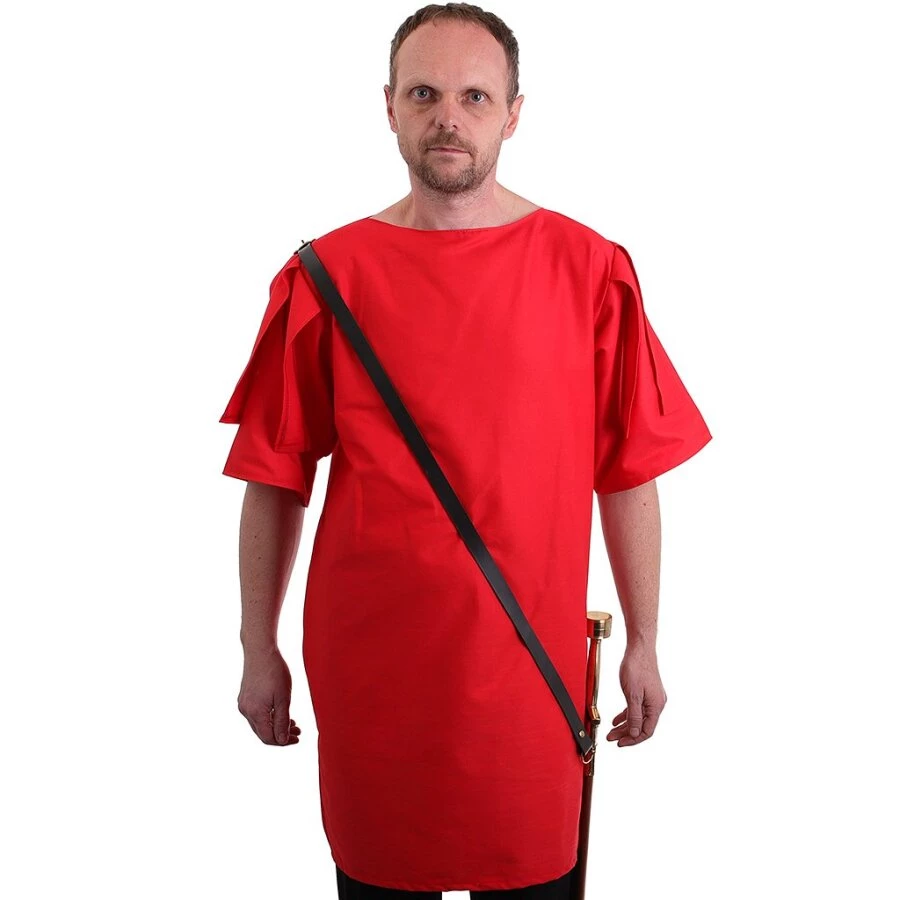
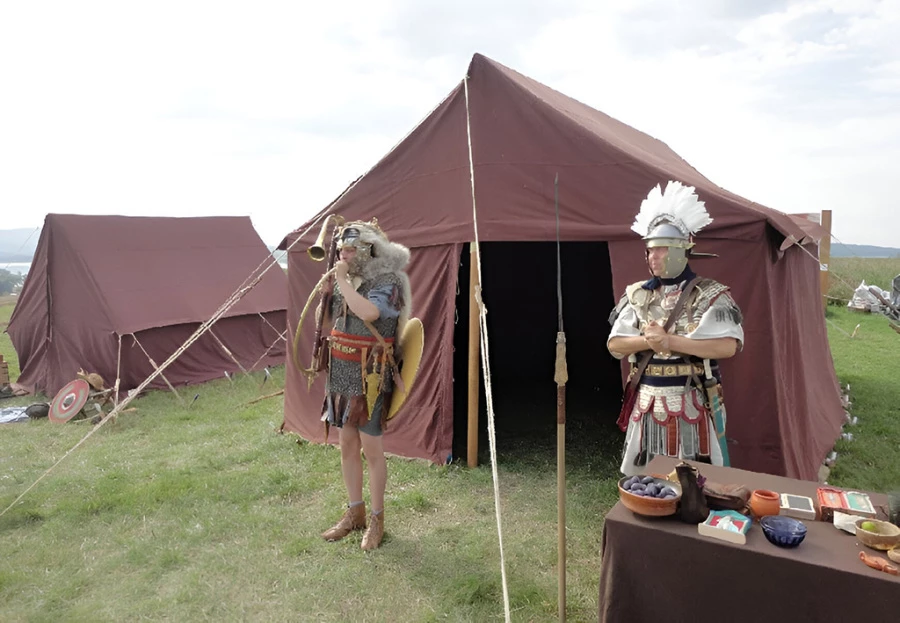
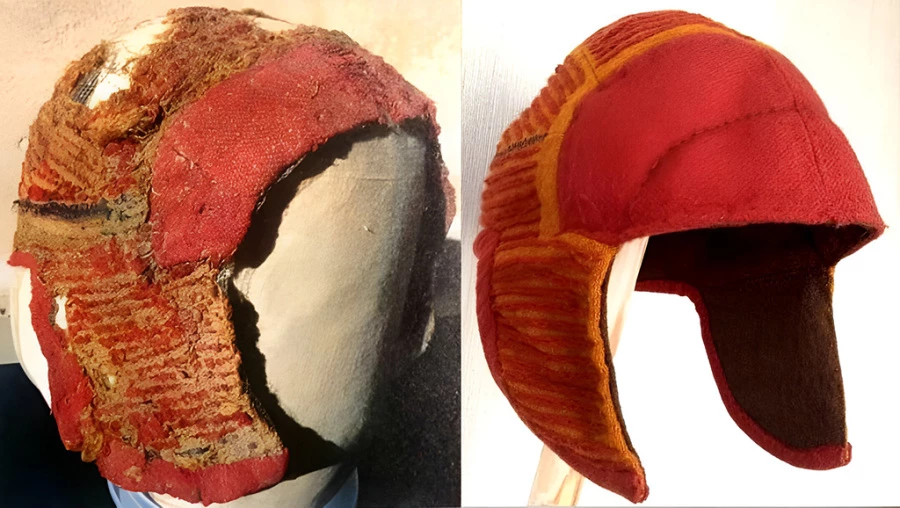
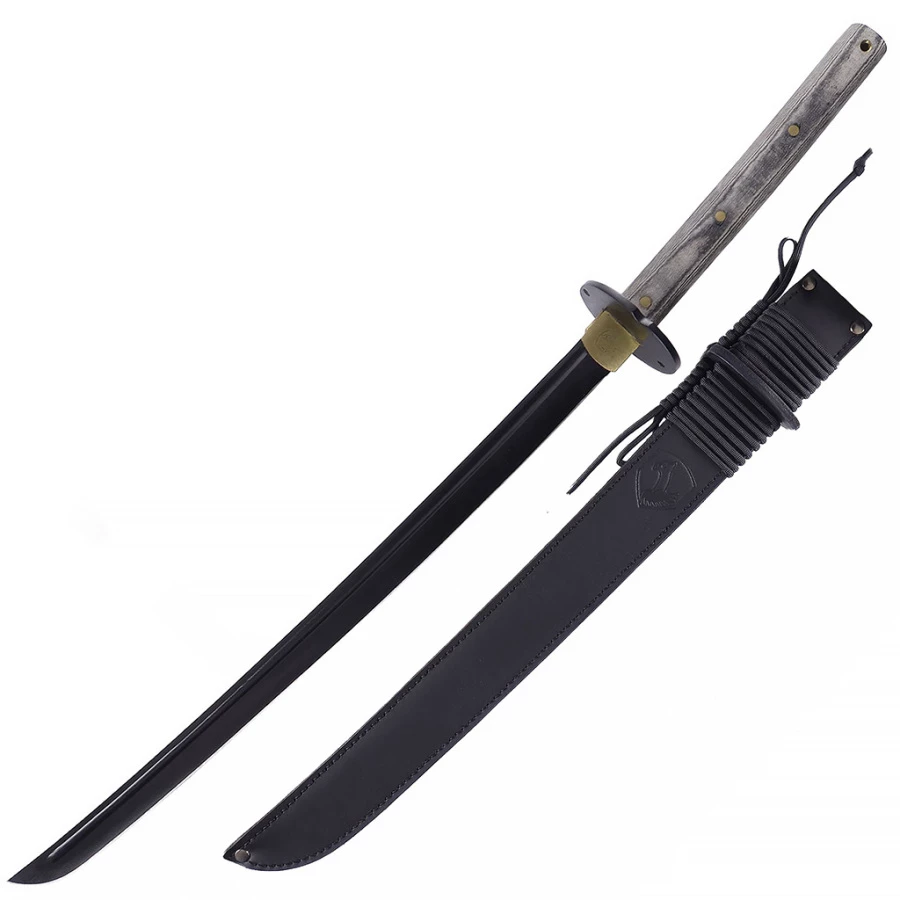
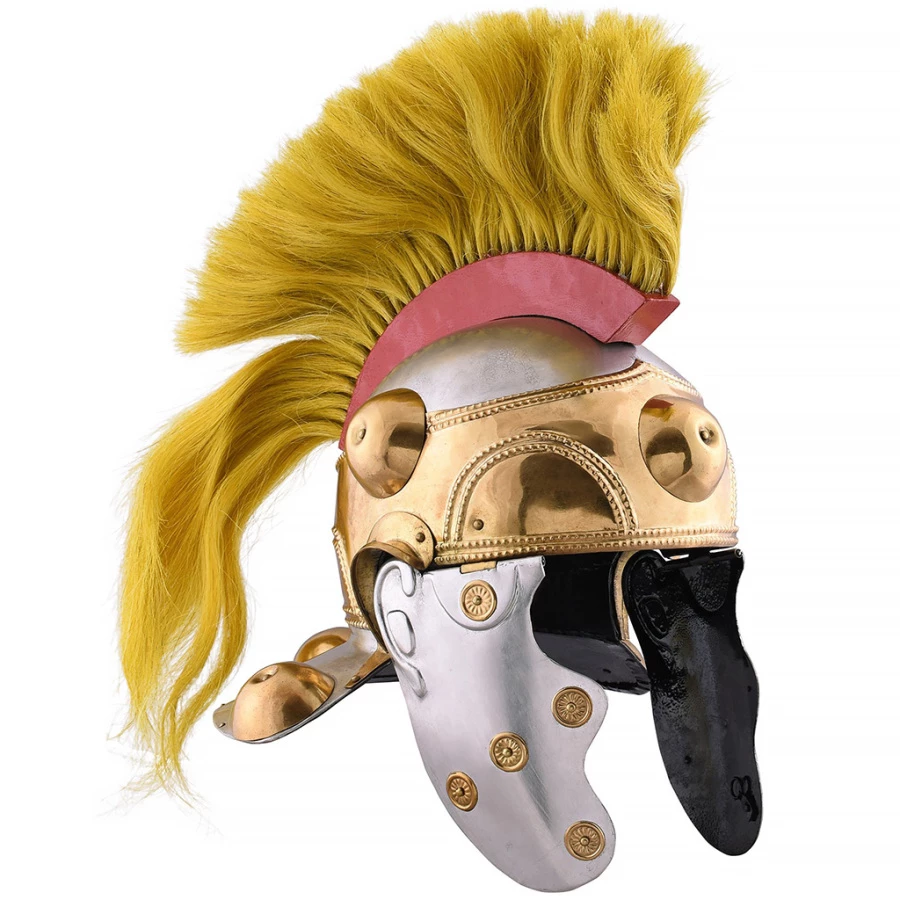
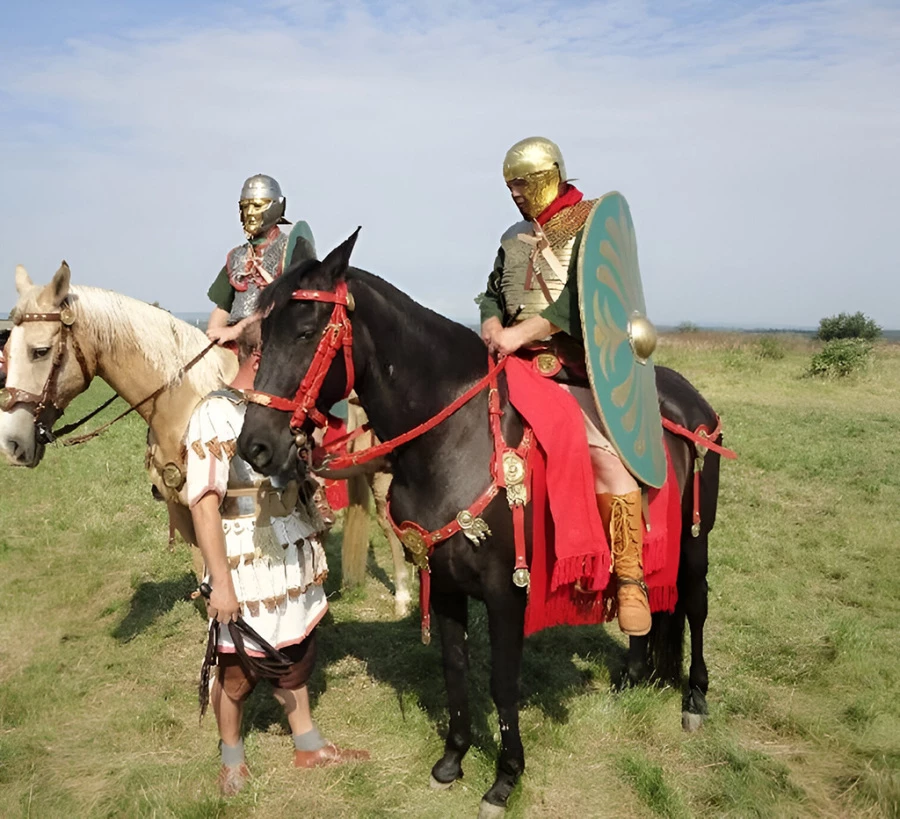
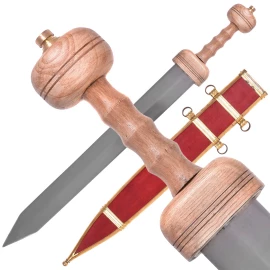
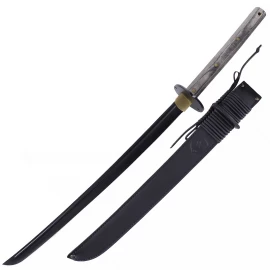
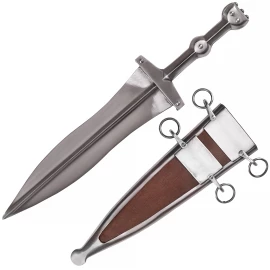
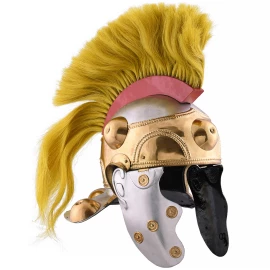
Comments